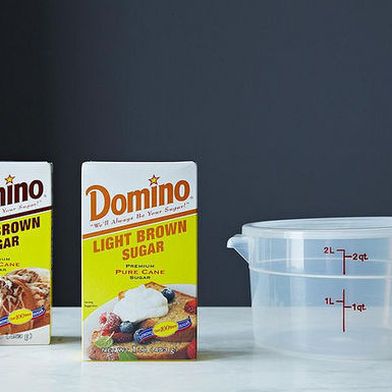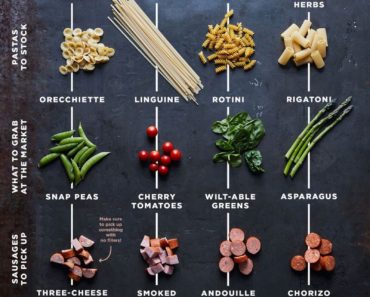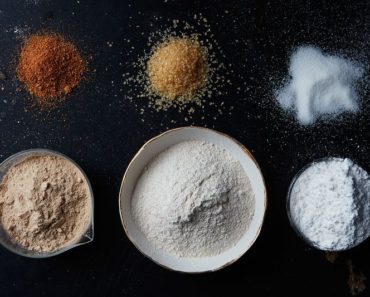Everything in our kitchens has a pretty set expiration date. For some things it’s printed in tiny black numbers on the bottom of the box. For others—say, fruit—it’s pretty obvious when those suckers have got to go. But what about olive oil? When exactly that turns bad is a bit harder to discern.
My counter is never without a bottle, sometimes a jug, of the stuff. I use it daily as a slippery friend for sautéing or drizzling or breathing new life into dried-out leftovers. It’s a fatty deep golden workhorse. Rarely can I get some to last more than a month, but sometimes a jar falls by the wayside. There’s the specialty stuff that I use for dressing salads that gets lost behind other bottles. So how long does that one last?

by Valerio Farris

by Jaime Brockway
Well, for starters, it’s important to keep olive oil under certain conditions. There are some factors that can actually speed up the aging process and turn your bottle rancid. Olive oil should always be kept in a cool, dark place. No, not like a literal cave—nothing that intense. Opt instead for a cabinet, a pantry, or a countertop, as long as it’s not in any spot with direct sunlight. Olive oil usually comes in aluminum cans or dark green glass bottles. This keeps a significant amount of light out, but still, don’t go putting your bottle of EVOO on a windowsill. Temperature, too, is important. Too much heat could render your oil rancid before its time. Somewhere in your kitchen that doesn’t get too hot is ideal. And don’t worry about keeping your bottles and cans in the fridge: Studies show that olive oil goes bad at the same rate in the cold as it does at room temperature. Making sure the lid is on tight is another way to stretch its shelf life for as long as possible—air causes the oil to oxidize and go bad faster.
Olive oil is ultimately perishable, but, like whales and tortoises, it has a very long life. If stored properly, a bottle of extra-virgin can last around 20 months. That’s almost two years. Granted, I’d be hard pressed to not use a bottle in its entirety during that time.
If you’re unsure about an oil’s shelf life, a good old taste/smell test will always do the trick. It sounds unscientific, but your senses are a much better gauge than you may think. Take a whiff of the oil. If it doesn’t smell like olive oil, then it’s ready to go. Toss it and start fresh.
How do you keep your pantry clean and up-to-date? Tell us your tricks in the comments.
(via Food52)






